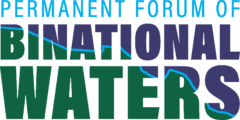Disclaimer: All materials published in the PFBW website are solely the opinions of the authors and not of the PFBW.The PFWB does not advocate for any political or interest group nor particular agendas.
- 1209 Encinitas Bulverde, Texas 78163
- (979) 422-4974
- [email protected]

